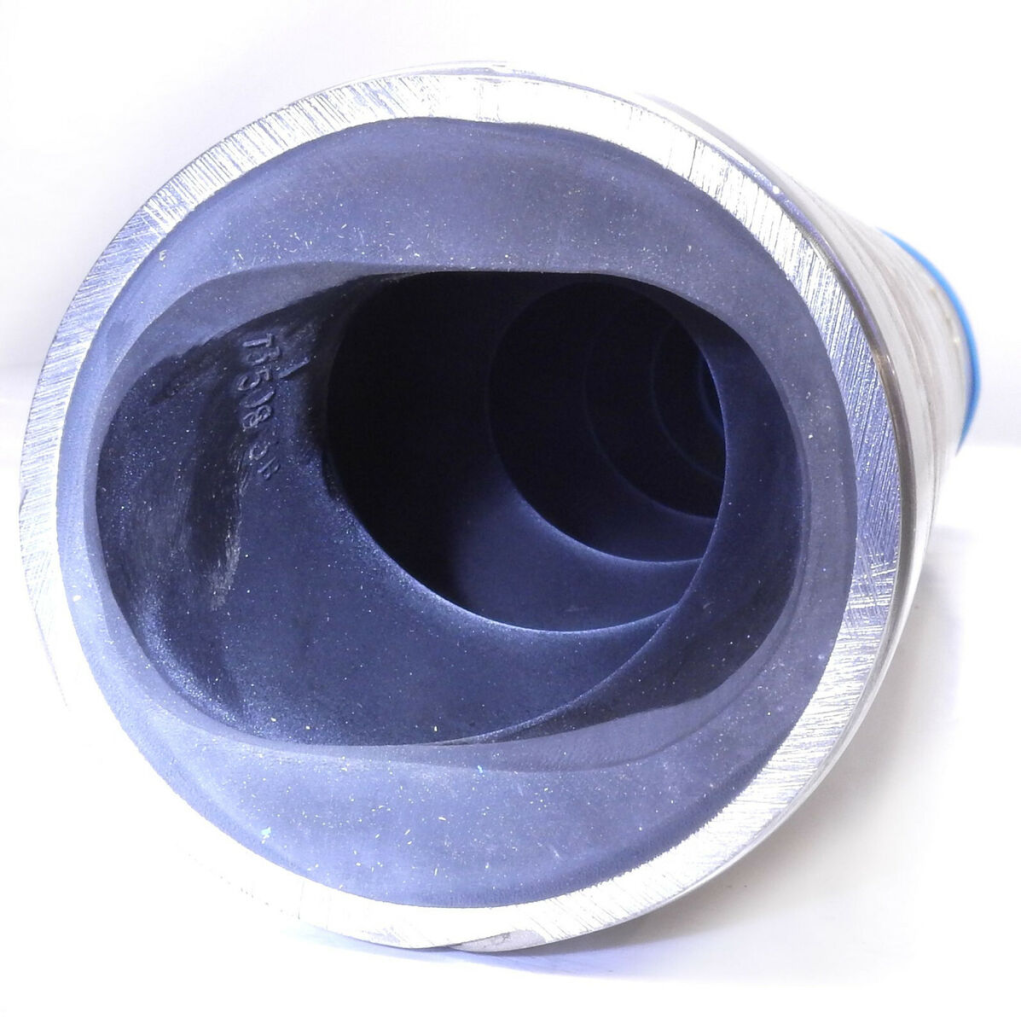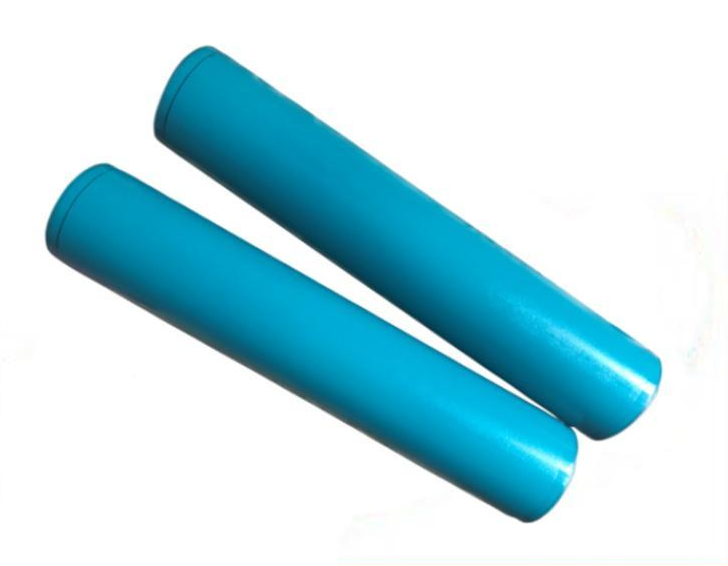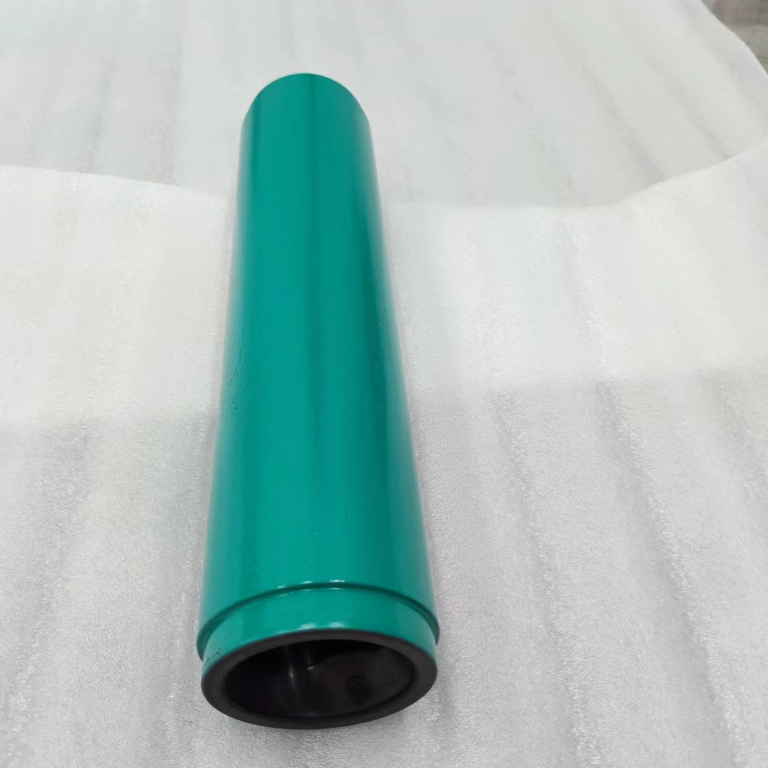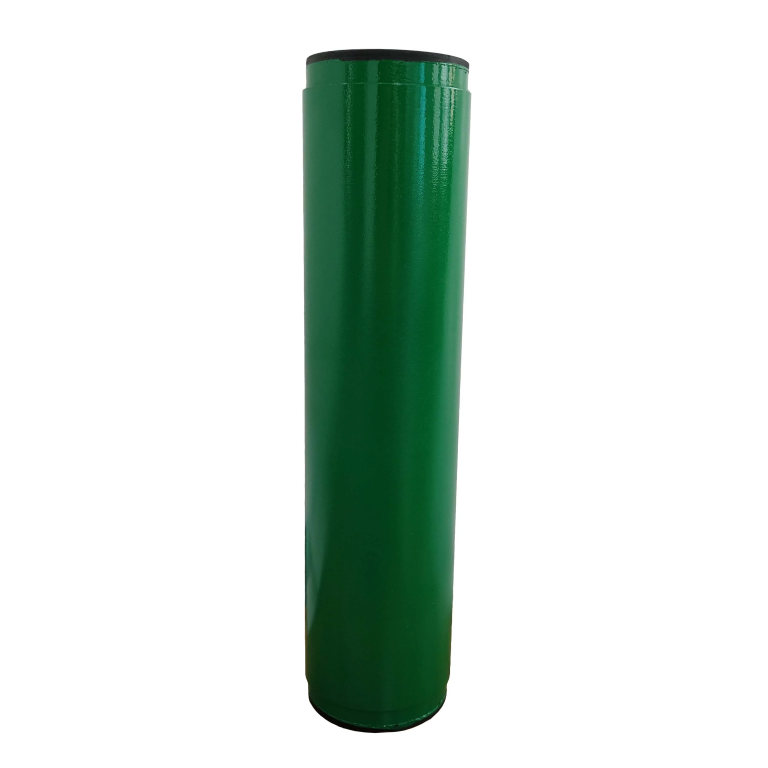progressive cavity pump stator
A progressive cavity pump (PCP) is a type of positive displacement pump that uses a helical rotor rotating within a specially-shaped stator cavity to move fluids. The stator is a key component of a PCP and has the following key characteristics:
-
- Stator Material and Construction:
-
- The stator is typically made of an elastomeric material such as rubber, polyurethane, or other polymer compounds.
-
- The stator is molded or cast in a helicoidal (spiral) shape to match the rotor’s profile.
-
- The stator has an internal cavity that matches the shape of the rotor, creating a series of sealed cavities that move the fluid as the rotor rotates.

-
- Stator Geometry:
-
- The stator has a double-helix or bi-lobe geometry, with one more lobe than the rotor.
-
- This difference in the number of lobes between the rotor and stator creates the progressive cavity action that allows the pump to operate.
-
- The stator’s inner diameter is slightly larger than the rotor’s outer diameter, allowing the rotor to eccentrically rotate within the stator cavity.

-
- Stator-Rotor Interaction:
-
- As the rotor rotates, the offset motion creates a series of sealed cavities that move the fluid from the inlet to the outlet of the pump.
-
- The elastomeric stator material allows it to deform and maintain a tight seal around the rotor, preventing backflow and ensuring efficient fluid transfer.

-
- Stator Wear and Replacement:
-
- The stator is a wear item in PCP systems and may need to be replaced periodically due to wear, chemical degradation, or changes in the fluid being pumped.
-
- Proper selection of stator material based on the application and regular maintenance are important to maximize the stator’s lifespan.

The design and materials of the PCP stator are critical to the pump’s performance, efficiency, and durability. Optimizing the stator-rotor interaction is a key factor in the overall design and operation of progressive cavity pumps.











